How to spot common alignment mistakes in forward bends and twists
5Couple of weeks ago I attended a yoga class with the sweetest, very well-meaning yoga teacher. Unfortunately, her sequencing was not very well thought through. She led the class in a series of strong seated forward bends right off the bat. As I looked around the room I saw a lot of hunched backs, tense necks and knees up to the ears. At the end of the practice I asked the teacher what was her reasoning for doing all those difficult seated poses at the beginning of the practice. Her answer? “Well, it just feels good to me.” Folks, this is not a good enough reason. Further conversation revealed that she was completely oblivious to the fact her students were potentially stressing their spines and sacroiliac joints – I suppose she had hard time reading student’s bodies (which is a necessary skill for a yoga teacher).
For many students proper body alignment in yoga poses doesn’t come naturally. Beginners come to yoga classes with the “baggage” of habitual movement patterns, physical restrictions, poor body awareness and lack of understanding of the purpose and form of postures. More experienced practitioners might have improper training or excessive mobility that causes them to “collapse” into the posture. As a result, students’ bodies can bend and twist in potentially harmful ways while trying to avoid working certain areas. We call those patterns of misalignment “release valves”.
Release valves can compromise students’ safety, reinforce existing movement patterns and cause students to miss out on most benefits of individual poses. This is why we continuously need to train ourselves to recognize the release valves in ourselves and our students and learn what to do about them.
On April 24 and April 27 I will be leading a two-hour webinar (split into two parts) on Yoga U that will cover the most common alignment mistakes in forward bends and twists and ways to correct them. We will begin by exploring the proper forward-bending and twisting technique, and then learn how to identify and troubleshoot potential release valves.
In part 1 we will cover
- Three ways of bending forward: swan dive, nose dive and abdominal support and how each affects the spine
- The “secret ingredient” of any effective forward bend
- How to move into the forward bend, how to “work the pose” and how to come out safely
- Whether or not we should keep the legs straight in a forward bend
- How to identify the misalignments that might strain the student’s neck, back and hips while attempting forward bends, and how to troubleshoot them.
In part 2 we will cover
- What twisting does to your spine
- Three main steps to follow to make your twists safer and more effective
- The “secret ingredient” of any effective twist
- How to protect your sacroiliac joints during twisting
- How to identify common body misalignments in twists that might lead to disc compression and shoulder injury, and how to avoid them.
As part of the course you will get a 40 minute video of exploratory yoga practice with me that will show you how to present proper forward bending and twisting techniques to your students to set them up for success.
You will also get recordings and transcripts of both webinar sessions (both MP3 and MP4), enabling you to go back and listen to the workshop as many times as you like.
I am super excited to teach this course for Yoga U and would love for you to join us.
The price for the entire thing is $87 and you can SIGN UP HERE
Hope you can join us!
Avoiding Yoga Injuries – Common Alignment Mistakes in Forward Bends and Twists
Monday, April 24 & Thursday, April 27, 2017
8:30 pm Eastern / 5:30 pm Pacific
Join us live or listen to the recordings at your convenience.
[jetpack_subscription_form]

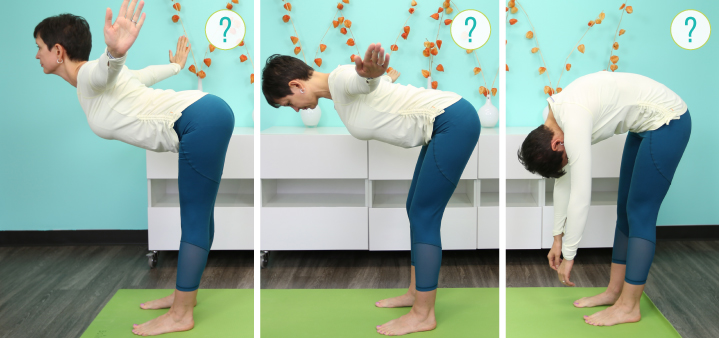
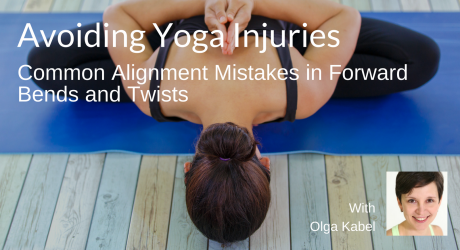
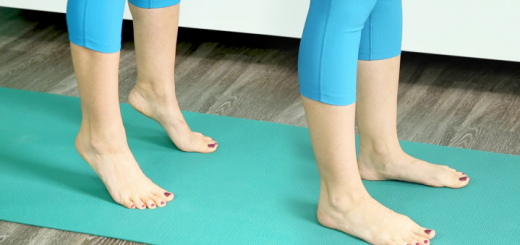
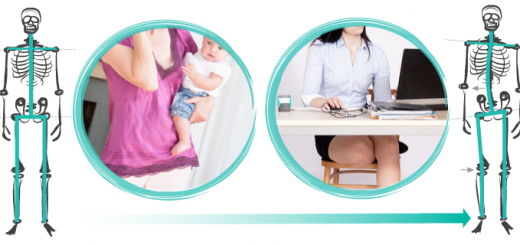
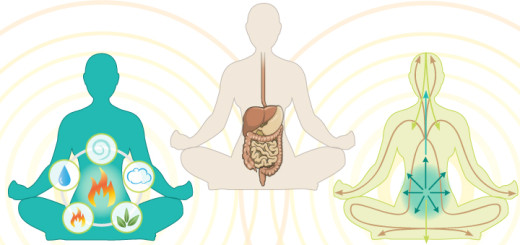
















Hi Olga, Will we have the option of receiving Continuing Education Credits for this course? Thank you in advance, Andrea Trank
Hi Andrea! Good question – let me check with Yoga U since they are hosting it 🙂
One of the most frustrating things to me about yoga is when I say “I don’t know if I’m doing this pose correctly, it doesn’t look it feel like it to me, you help me?” and get the response “don’t worry about what anyone is doing, your practice is on your mat”. “Yes, but *if I’m not doing the pose correctly*, it’s not helping me!”
“It will come”.
Oh. Great. Fighting insufficient flexibility with bad posture and stretching is going to be so helpful…
I hear you! Every yoga pose needs to have a purpose, so it is useful for the teacher to say: “We are looking for a stretch in the lower back; make sure it doesn’t bother your knees”, or something like that. There are gazillions of yoga postures, so as a student you cannot possibly remember what each one is for, but the cool thing is that the spine only bends 4 ways + extends upwards, so you can deduce what the yoga pose is for just by identifying what your spine is doing. So if you want to educate yourself and get a better idea of what the poses are supposed to do (without any need to memorize anything), check out this post. I hope you find it useful!
Hi Olga, will the recordings be available free to people who have a paid sequence wiz subscription? Thanks 🙂